A new storm is stirring in the Atlantic, and it’s got its sights set on the U.S. coast.
Born from a low-pressure area, this system could swell into a cyclone with a 20% chance of formation within the next week, as forecasted by the National Hurricane Center.
Is the Caribbean in Its Path?
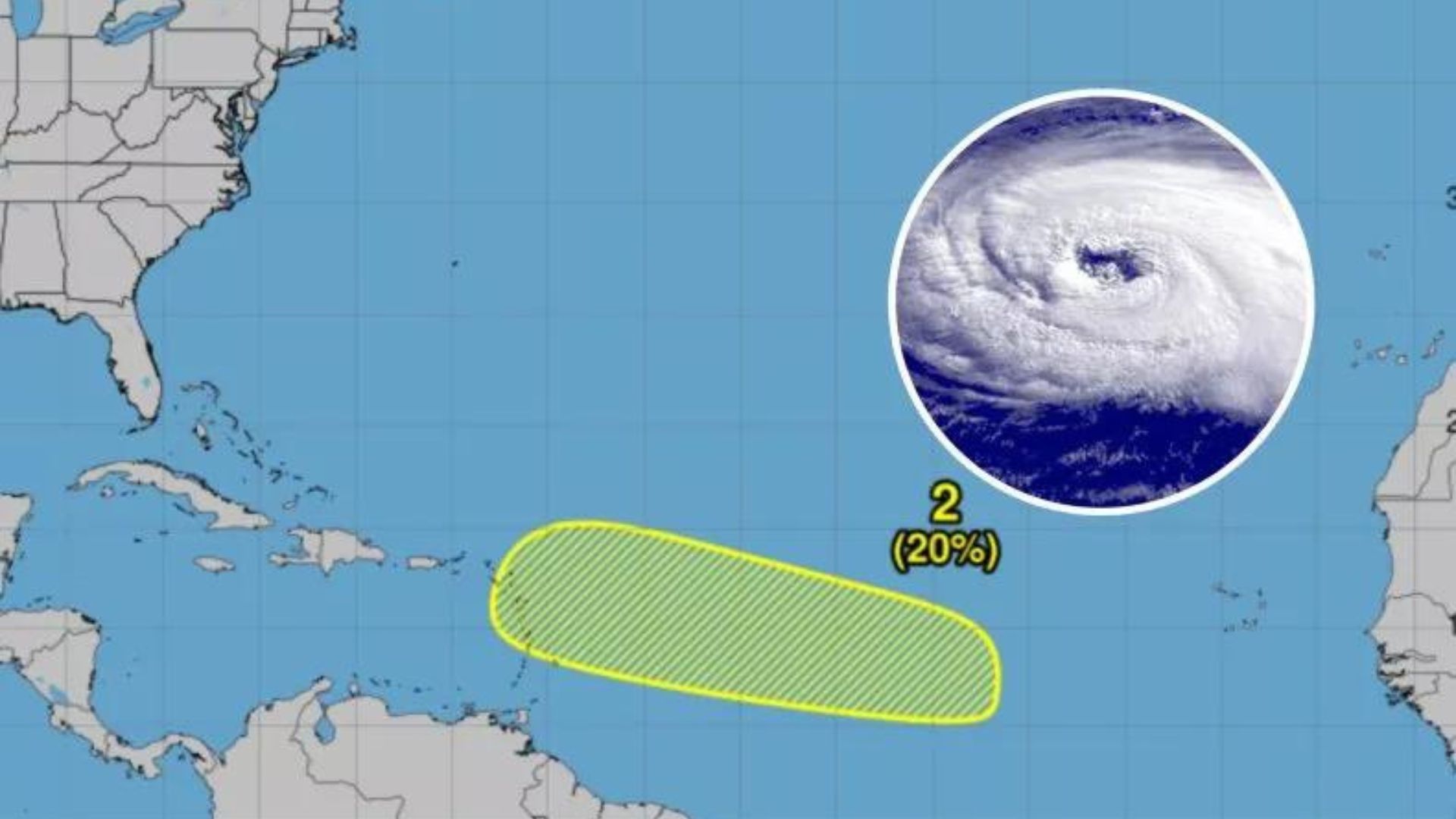
Should the storm materialize, its northwest trajectory could spell trouble for the Caribbean and possibly the southern U.S. coastline.
It’s a critical situation that requires vigilant monitoring to prepare for any potential impacts.
Early Predictions Stir Concern
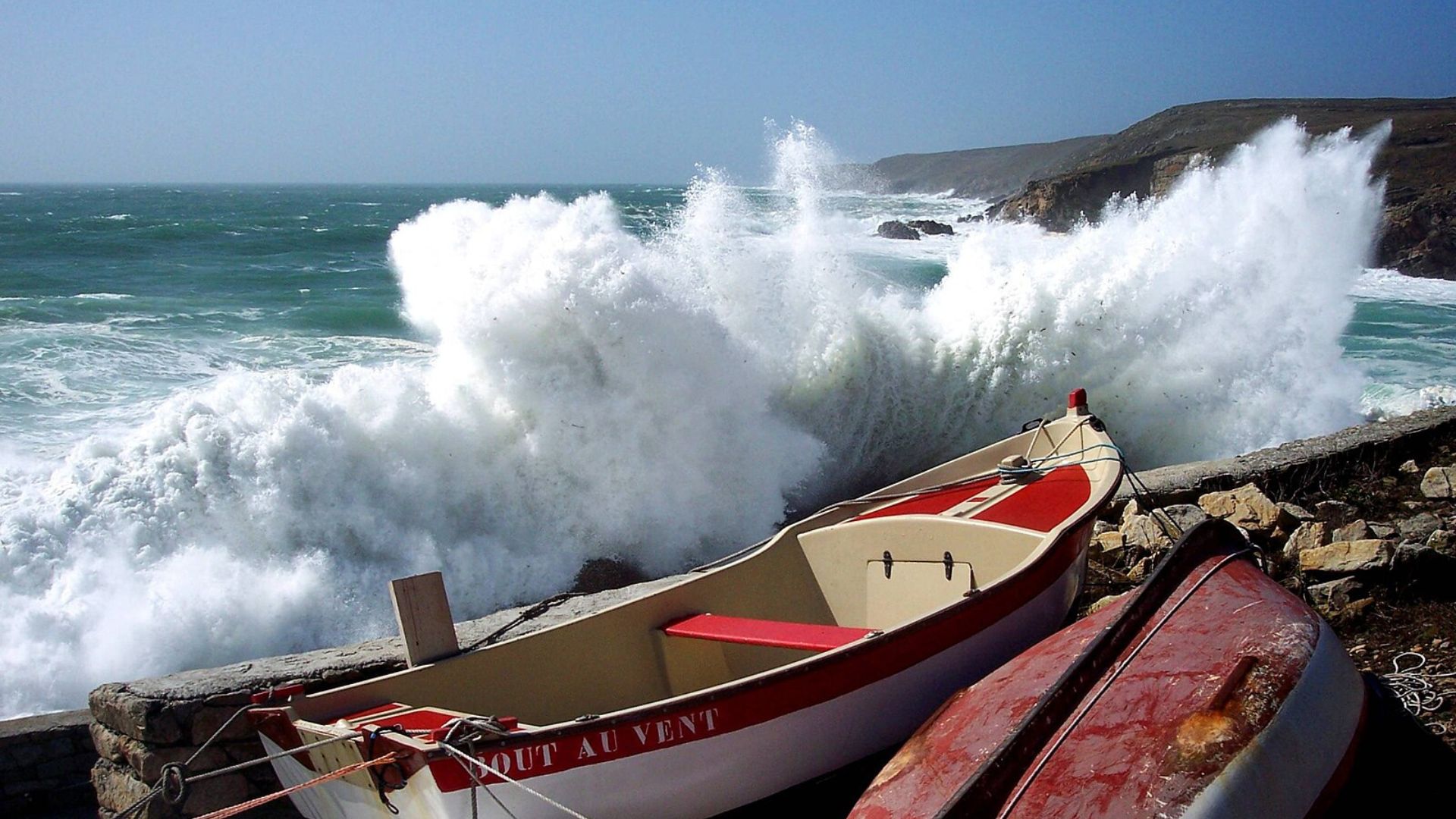
According to the National Hurricane Center, “An area of low pressure could form in the central portion of the Tropical Atlantic in a few days.”
With conditions ripe, the storm might just pick up the pace this weekend.
Clock’s Ticking: Cyclone Chances?
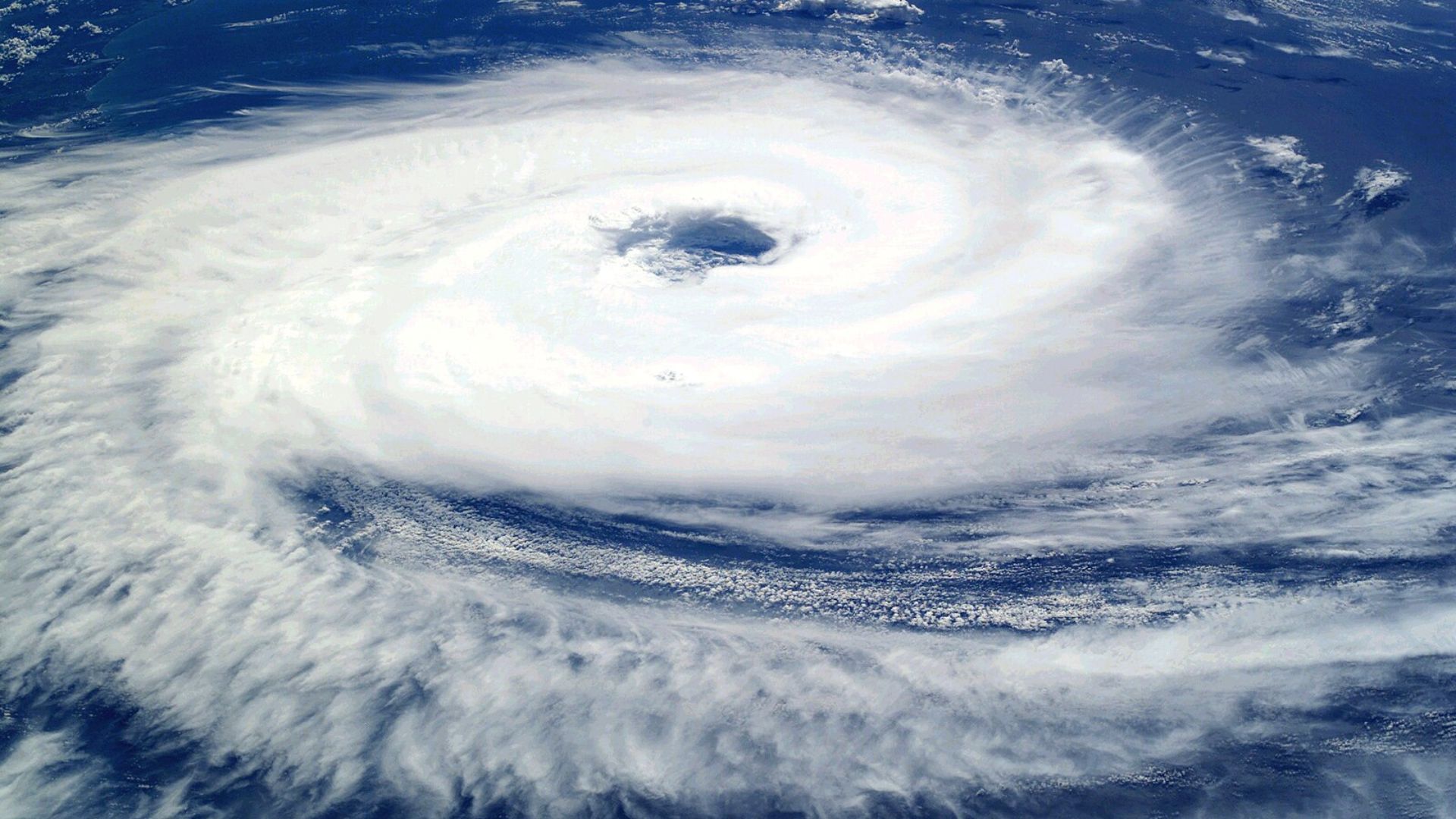
While the next 48 hours seem calm, the following days hold a suspenseful 20% cyclone formation chance.
The storm’s slow development could mean significant changes are on the horizon.
Cyclone 101
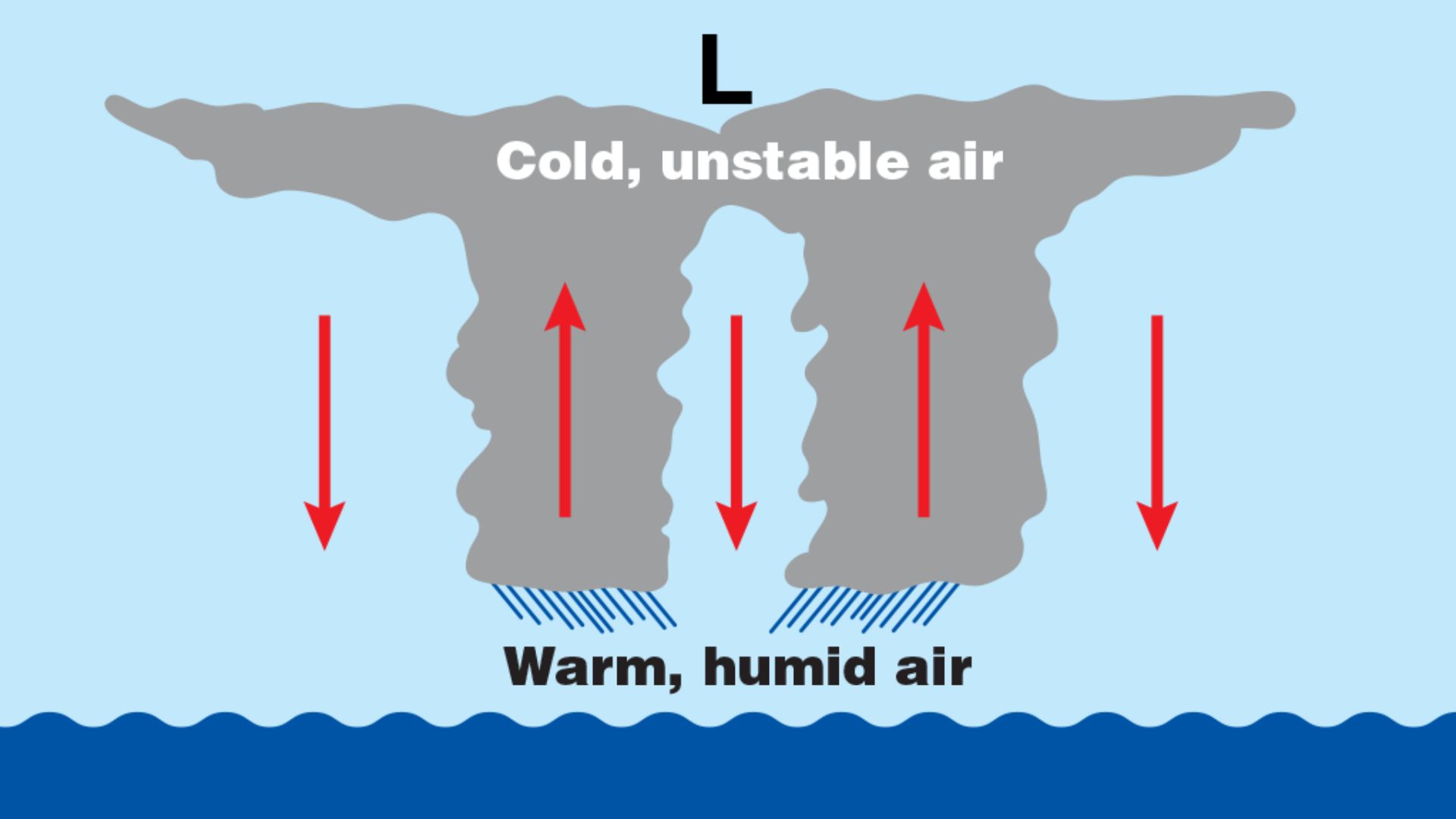
Ever wondered what exactly a cyclone is?
Per NOAA, it’s a massive air mass swirling around low atmospheric pressure. Originating over tropical oceans, these systems can escalate from mere depressions to full-blown hurricanes.
What Makes a Cyclone?
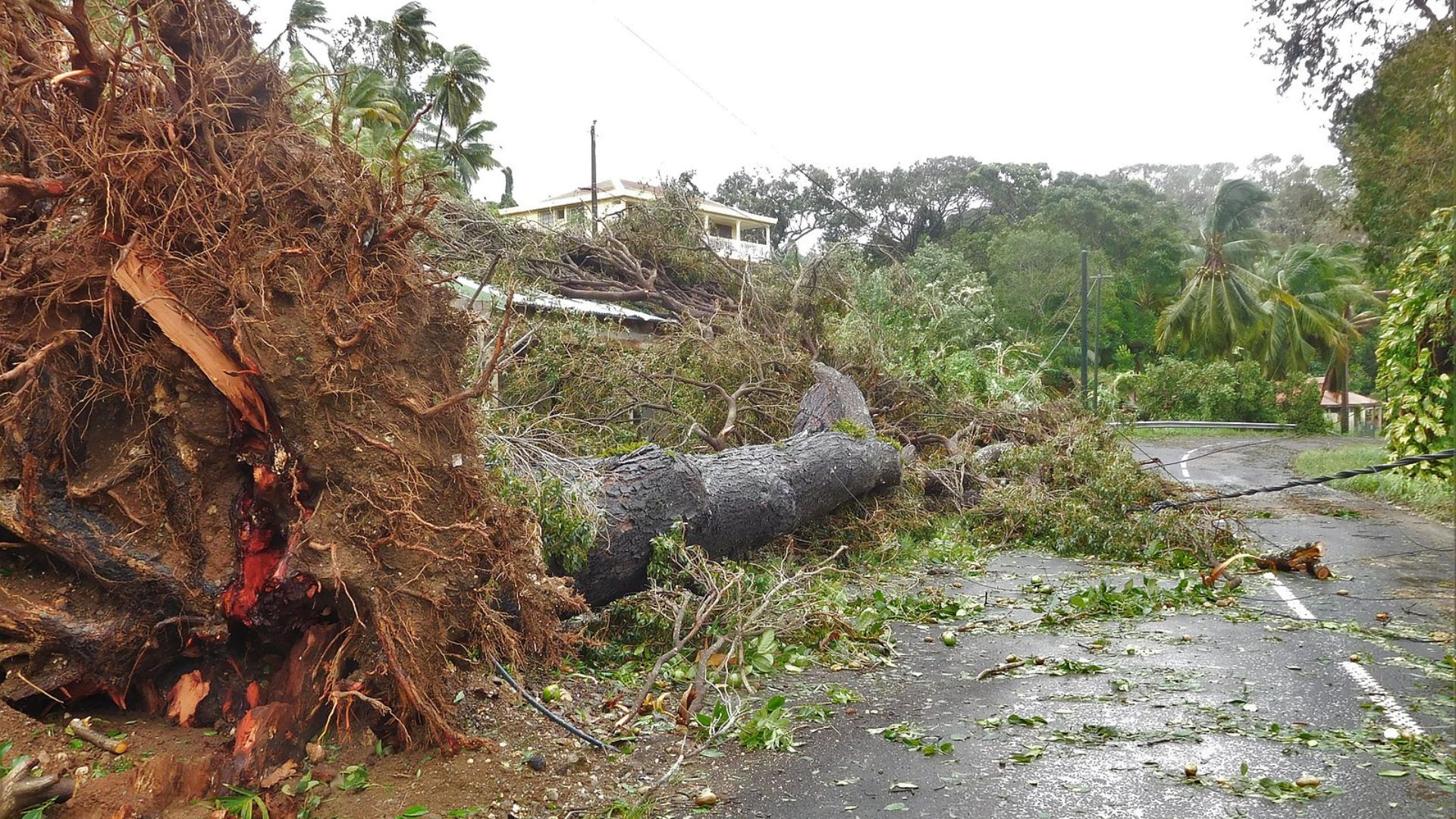
Cyclones are born from a perfect storm of oceanic and atmospheric conditions: warm sea temperatures, ample moisture, optimal wind shear, and specific pressure systems.
All these factors must align to trigger the formation of these powerful storms.
The Power of Warm Waters
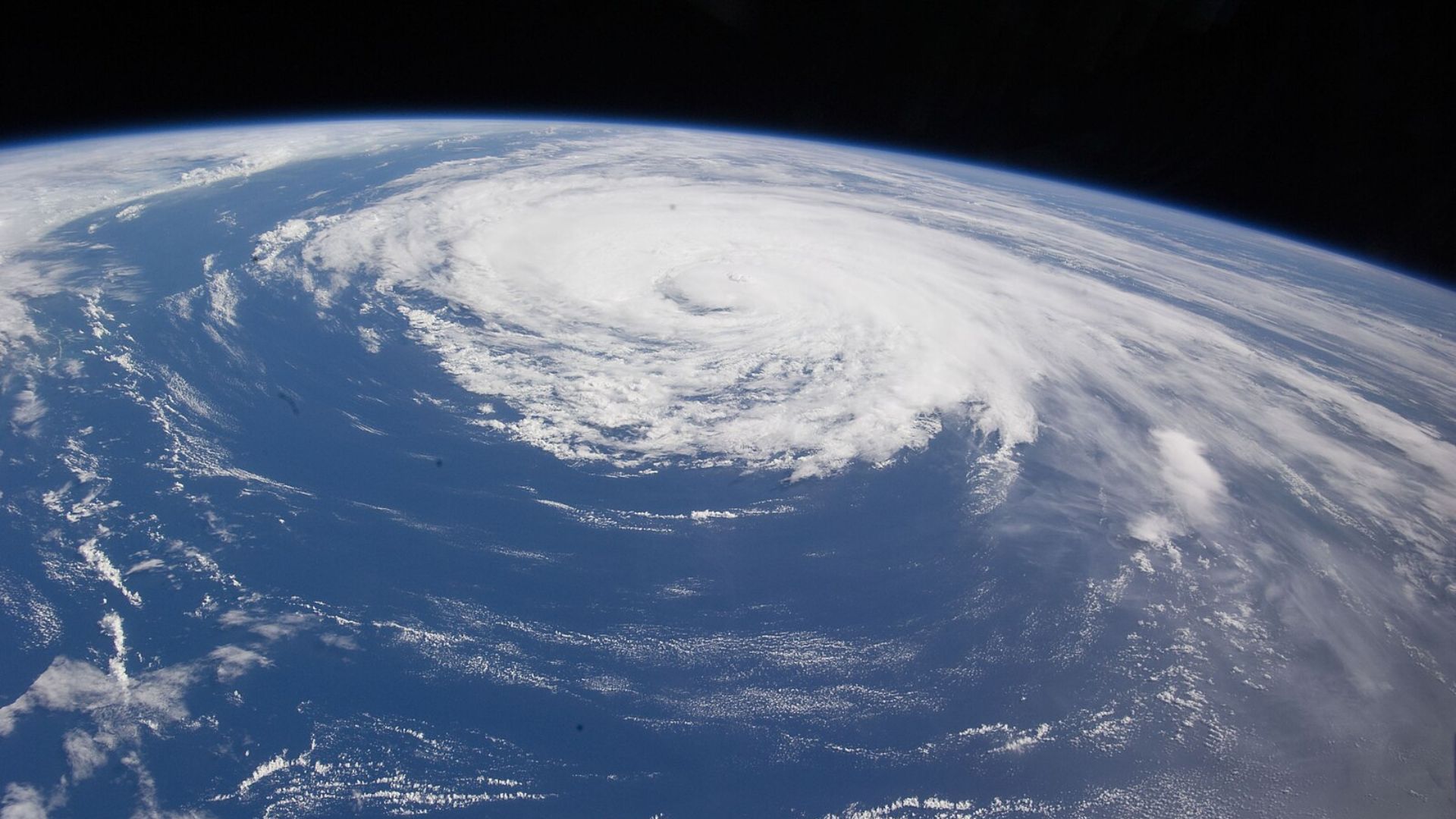
The heat from the ocean is a critical energy source for cyclones, helping them to form and gain strength.
This thermal energy is what drives the development of these dynamic weather systems over the ocean.
Atmospheric Dynamics at Play
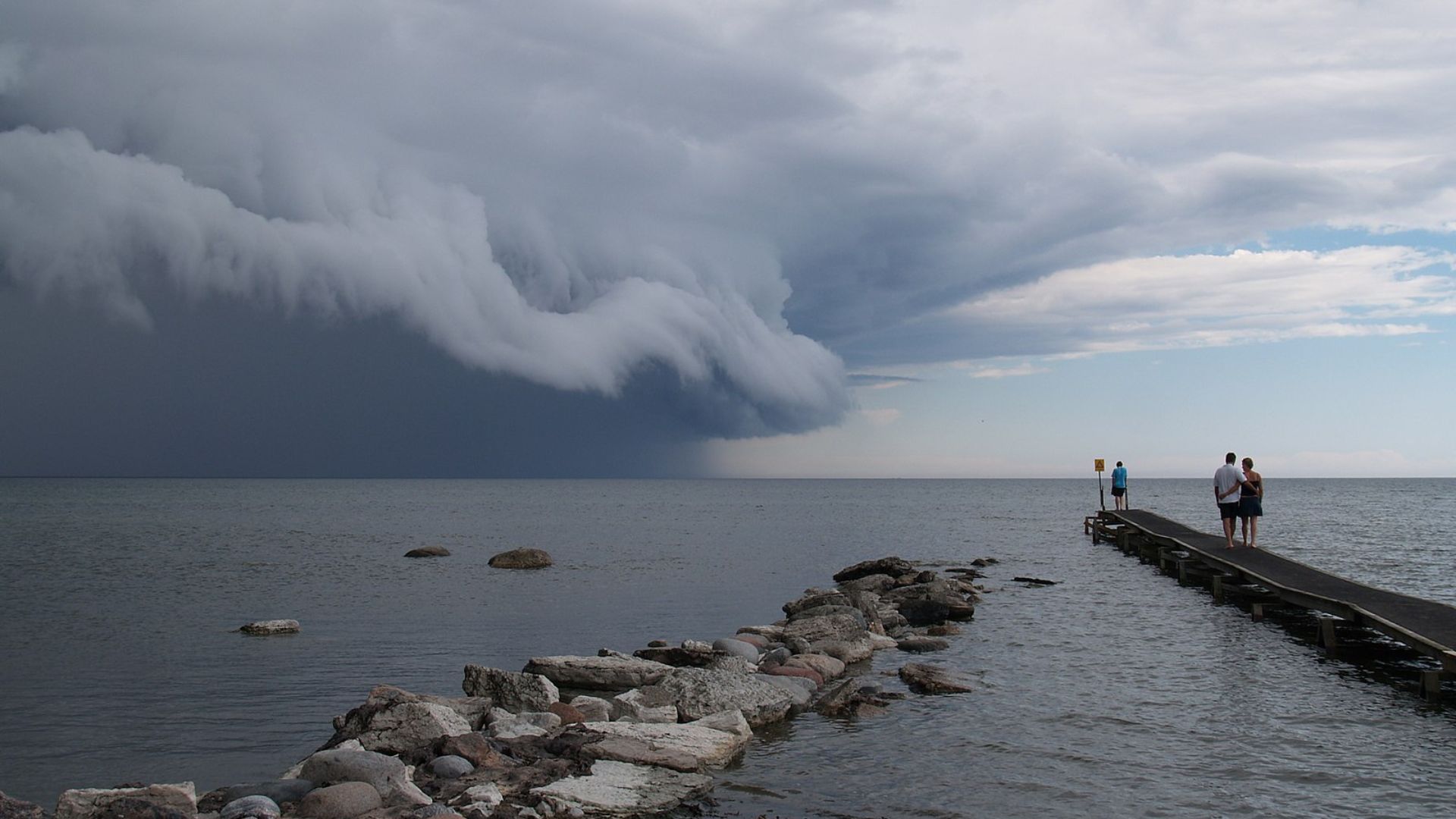
Cyclone development is intricately linked to atmospheric conditions.
Low-pressure areas draw in moist air from their surroundings, leading to cloud formation and storms—key processes in the genesis of cyclones.
The Lifecycle of a Storm
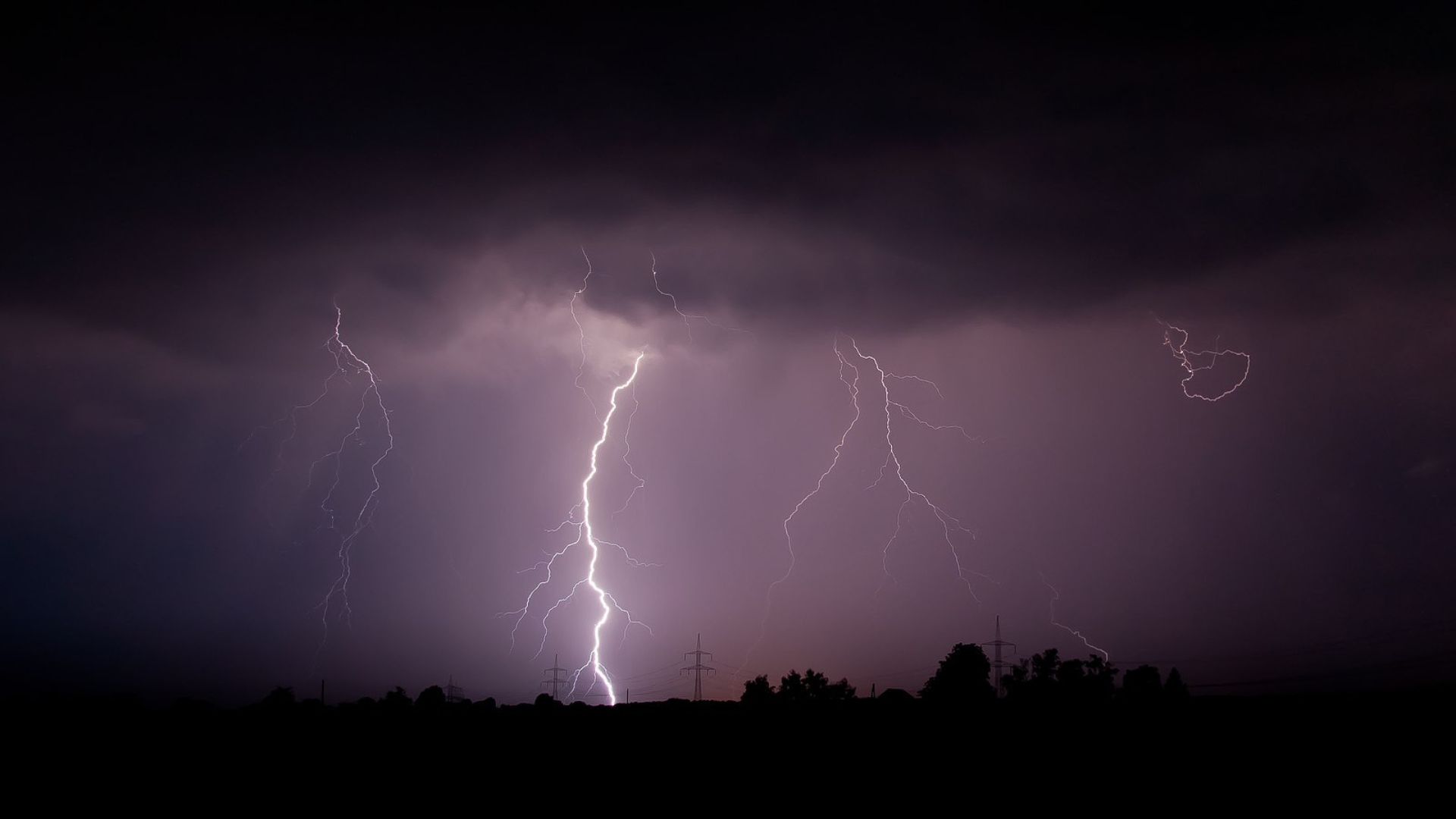
The journey from a tropical depression to a hurricane involves clusters of thunderstorms that coalesce around a low-pressure center.
When winds hit 39 mph, it becomes a tropical storm. Reaching speeds of 74 mph qualifies it as a hurricane.
Monitoring Another Potential Threat
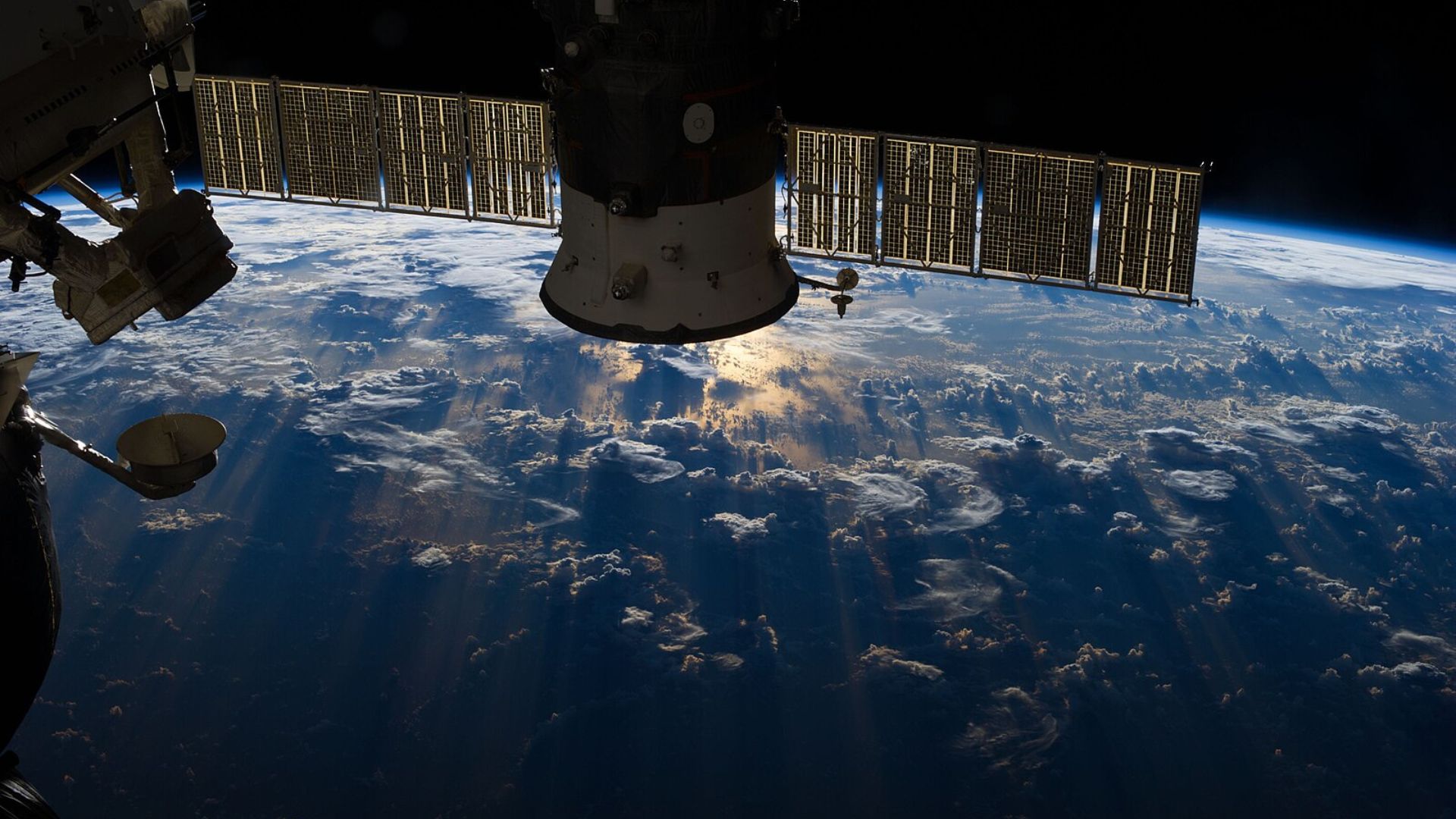
The National Hurricane Center has spotted another system brewing in the Western Atlantic.
It currently holds a 10% chance of cyclone formation within the next week, though its northward path suggests it may steer clear of the U.S. coast.
A Glimpse at Bermuda’s Weather Scene
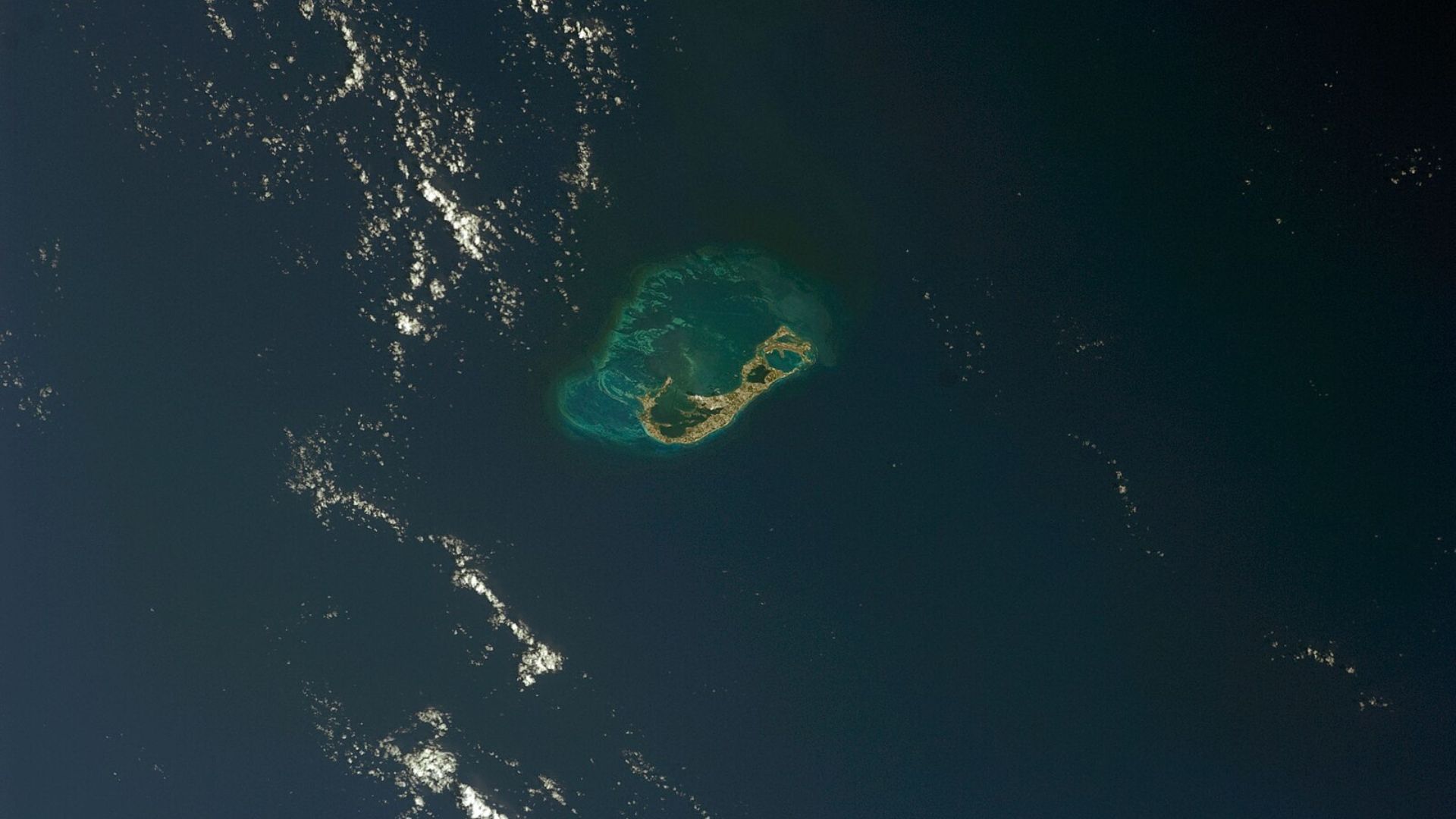
Near Bermuda, an area of low pressure is causing some weather disturbances.
The National Hurricane Center reports, “A small area of disorganized shower and thunderstorm activity.” This system’s development is likely limited by prevailing dry air and strong winds.
Pacific Storms Also on the Radar
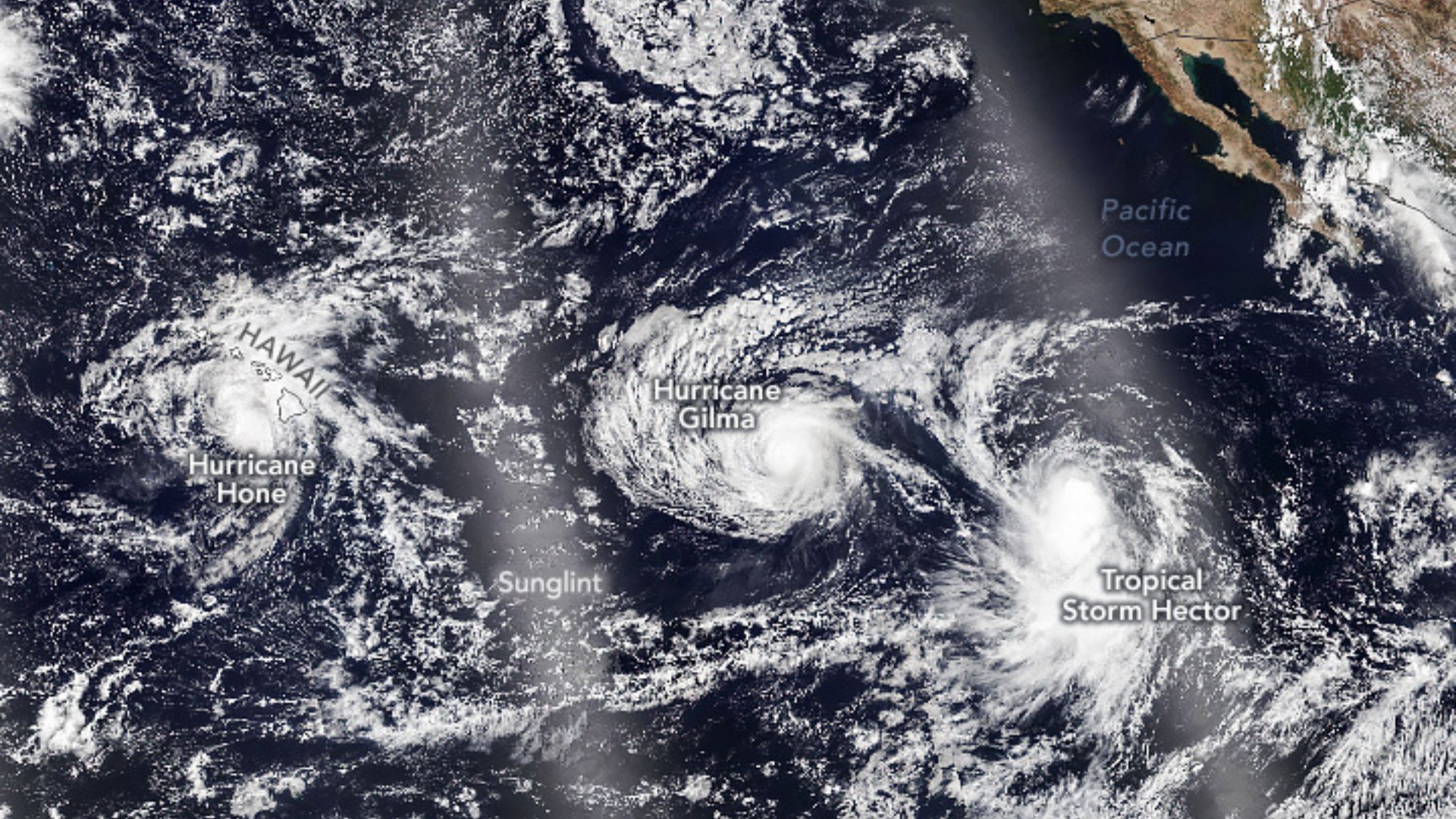
While the Atlantic gets its share of attention, the Pacific Ocean is currently hosting Tropical Storms Hone, Gilma, and Hector.
These storms illustrate the global scope of tropical storm activity and the relentless vigilance required by meteorological teams worldwide.
